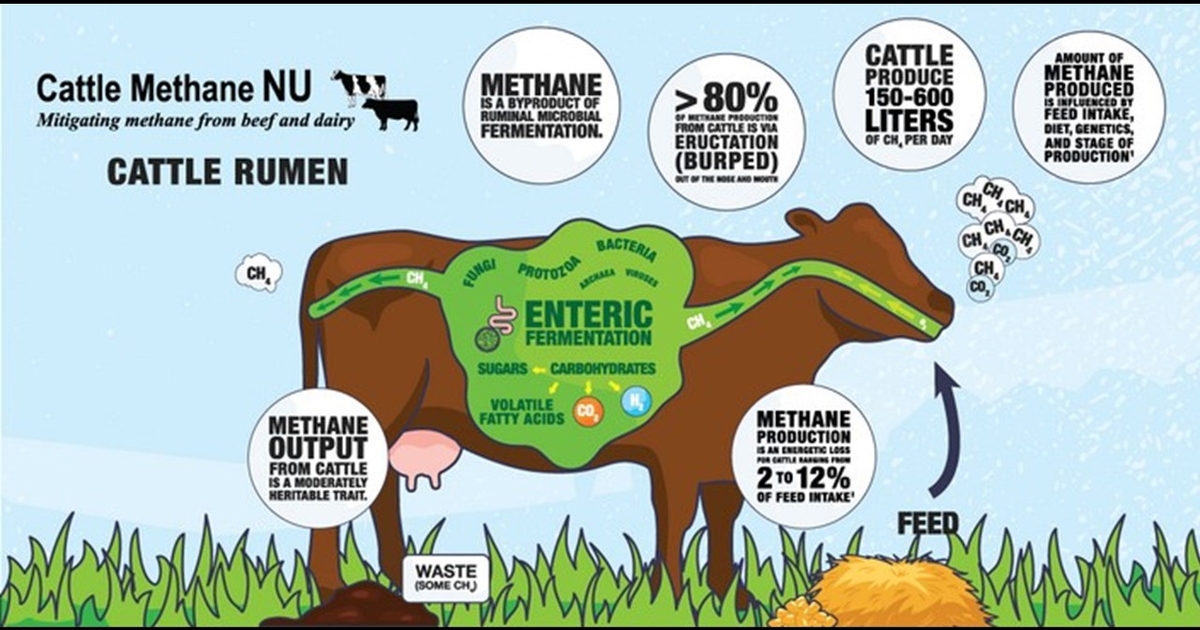Beef margins are flipping
Posted on January 8, 2024 by Dennis Smith
Source: Farm Progress. The original article is posted here.

Let me begin by stating that, in my opinion, the money in agriculture over the next several years, say seven to 10 years, will be made in livestock production more so than in grain production.
U.S. beef production is headed lower for several years. The herd in Australia is down due to drought. Brazil is rapidly converting pastureland suitable for cattle grazing to row crop production.
U.S. pork production will likely peak this year in response to sustained losses in the industry. Pork production in the EU is sharply lower due to aggressive culling for various reasons including the spread of African swine fever. Finally, we believe that Chinese pork producers are in the middle of an aggressive cull of breeding stock.
The decline in global meat production will likely be accompanied by a long-term decline in feed costs. Feed ratios will soar along with profits. The traditional Corn Belt corn and soybean producer needs to lower the cost of production. The easiest and quickest way will be to coop machinery between neighbors.
Brazil will continue to expand production through rising acreage and increased yield/efficiency. This will drive the price of corn and soybeans into long-term downtrends.
For the U.S. cattle market, in the short term, I project vastly changing margins, rising cattle prices and profitability for the beef producer. Retail beef margins, record wide for most of 2023, will likely narrow dramatically. Beef packer processing margins, highly profitable for several years, will narrow dramatically with most packers operating at losses for much of 2024.
If current projected weather patterns verify, beef cow slaughter may slow dramatically and it’s even possible that heifer retention could begin in late 2024. Rain in the Great Plains and other key beef cow areas will reduce placements into feedlots and likely slow the cow kill.
Packers, in a fight for more market share, will be forced to bid more aggressively and ramp up the kills as high as possible, moving the industry into a very current marketing status. The result will be sharply higher cash steer prices by the end of 2024.
The bullish table should be set by two upcoming reports, the January monthly cattle on feed report slated for Jan. 12 and the annual cattle inventory report scheduled to be released on Wednesday, Jan. 31. Anticipate the on-feed report to show smaller placements during December which would be in the wake of lower placements in November.
Most don’t realize it but placements of cattle into feed yards in November, down 2% from 2022, were the smallest November placements since 2016. If December placements come in lower and given the harsh weather projected in the plains for January, by February first the on-feed inventory will be declining rapidly.
The annual cattle inventory will show a beef cow herd down as much as 3% from last year (down over 9% over the last four years) and it will likely confirm that the aggressive cull remains intact going into 2024. This report will confirm a lower calf crop for this year, next year and likely for 2026 as well.
One of the bearish factors that have contributed to the recent decline in cash steer prices since the peak last fall is rising cattle weights. Current record heavy dressed weights is all by design by the beef packers.
In unison all four beef packers started slowing the kills last June. Controlling the chain speed, or marketing, allowed packers to keep wholesale beef prices high and prevented them from chasing and competing too aggressively for live cattle. Despite this strategy, cash steer prices were still driven to record highs last fall. However, as weights finally began to increase, and drought induced placements suddenly forced inventory to higher-than-expected levels, cash steer prices topped.
It seems that mother nature, through harsh winter conditions in the Great Plains, will cause weights to peak and take the edge away from packers that record heavy weights provide. Regardless, heavy weights alone cannot make up for the loss of numbers on the horizon.
Finally, it must be noted that the commodity funds, or managed money as some call them, have liquidated nearly their entire long position in live cattle futures. At one point last fall their net long position was north of 120,000 contracts. Currently we believe their long position is less than 15,000.
As the fundamental facts become more well known, including economic uncertainty, look for the funds to pile back into cattle futures driving prices higher and providing some excellent hedging opportunities for beef producers.
Smith publishes his evening livestock wire daily. For a free 30-day trial to this information contact him via email .

.jpg?disable=upscale&width=1200&height=630&fit=crop)


